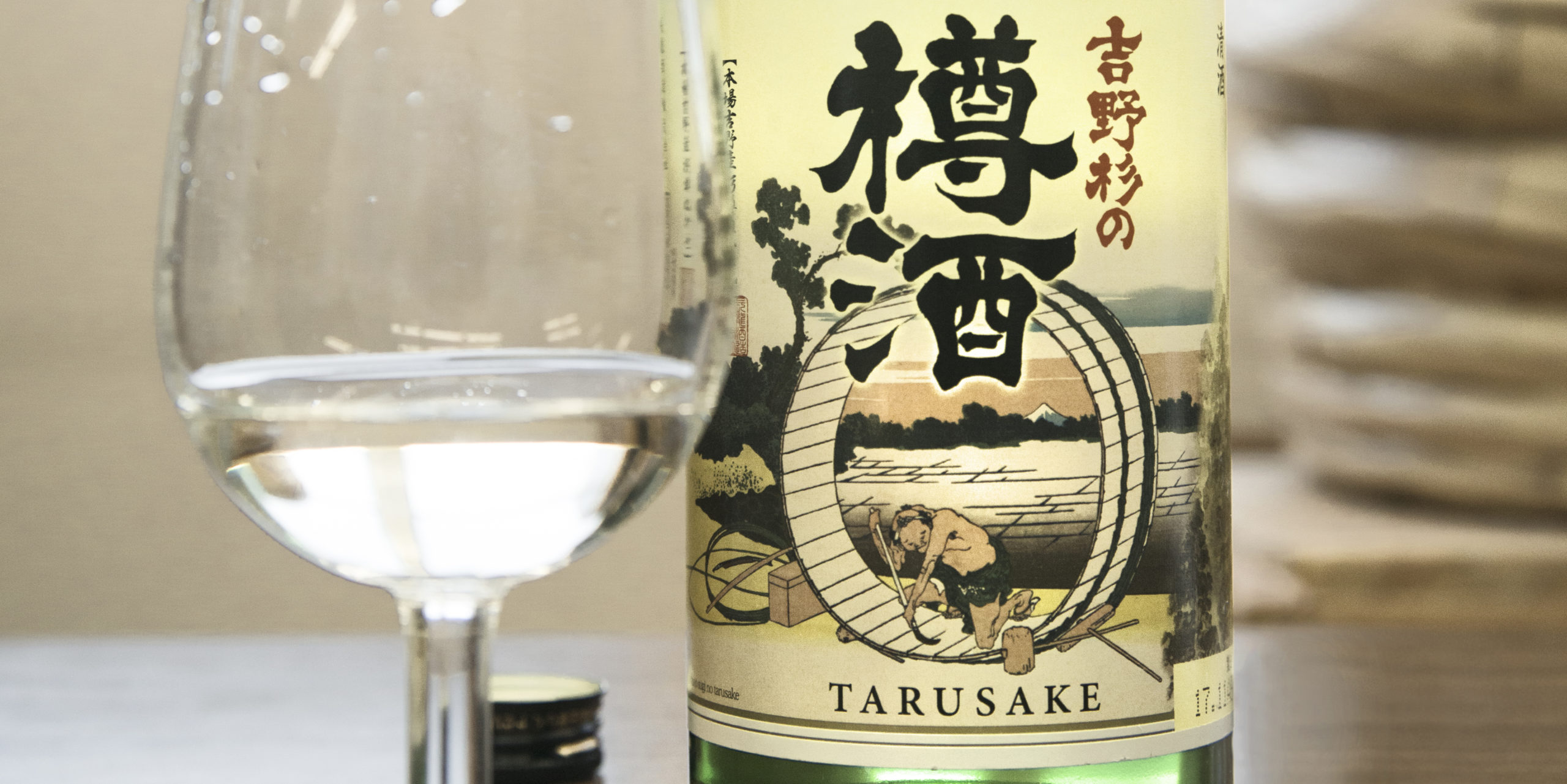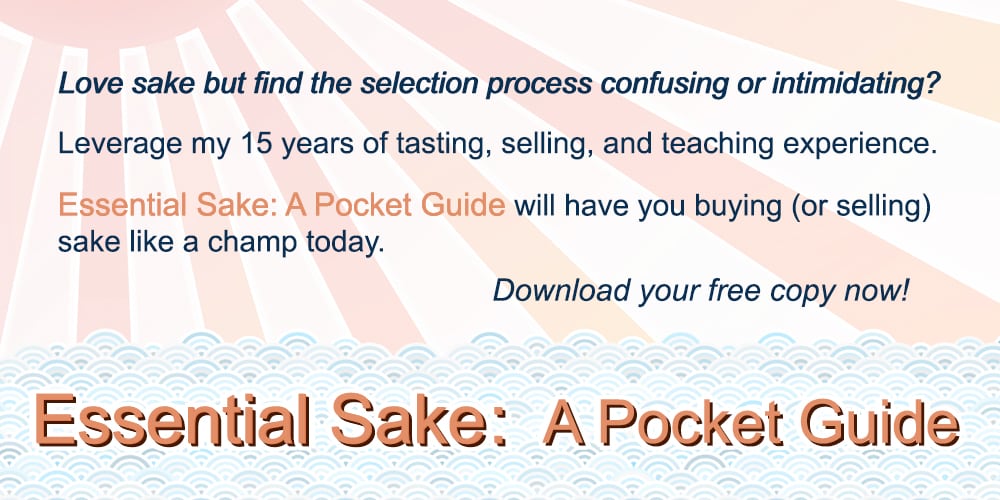The Choryo Sake Brewery is one of my favorites. Why? They are masters of two things I love: taru sake and omachi rice.
Of course, that’s not the only things they do well.
This post will explore this famous Nara sake brewery in detail. Learn about their innovative practices, how they brew, some of their most popular sake, and more.
Famous Nara Sake
Nara is considered by many to be the birthplace of sake. Two of the ten oldest sake breweries in Japan are from here (Imanishi Shuzo and Ueda Shuzo) as well. But it’s a relative newcomer that first comes to mind whenever many think of Nara sake: Choryo.
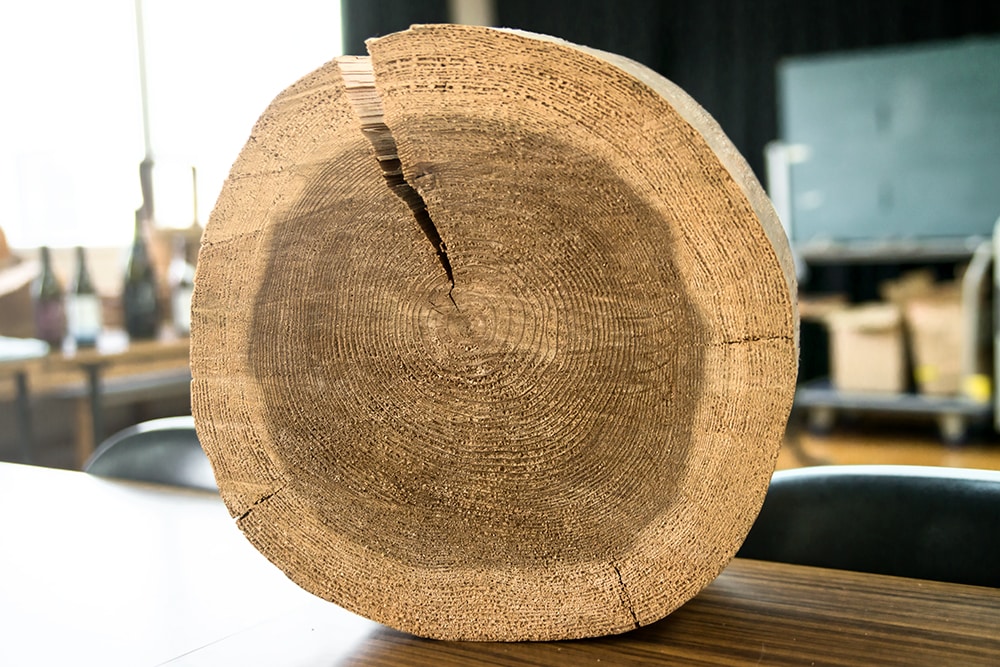
The Choryo Sake Brewery
Choryo Brewery has only been making sake since they built their sake brewery in 1963. Before then Choryo was manufacturing and selling barrels, drums, etc.
And from the beginning, they have produced sake aged in taru barrels they cooper themselves. They were the first brewery to bottle taruzake since glass and steel came to common usage.
Choryo is the undisputed king of taru sake (sorry Taruhei), but the brewery doesn’t limit its products to this one specialty style. Choryo has a wide range of products that are hand-crafted and provide a sense of place.
Their water supply is subterranean and sourced from the Yoshino River. It is soft and filtered before use.
Across their broad range of products, Choryo sake tends to have elevated aromatics that stop short of billowing. On the palate, they are soft with mellow acidity. They’re a little sweeter than average. And there is wonderful grainy umami even on fruitier grades.
The brewery practices a mix of modern and traditional techniques. During the cold winter season, the brewery windows are open to allow for natural cooling (freezing!) and a less bug-friendly environment. Sake isn’t allowed to run hot either and temperature control tanks are in generous supply and are the default for namazake. Koji is produced by hand in a traditional manner.
Choryo is owned by Ida Group which also does rice milling in Japan and California. And they also operate as a liquor wholesaler.
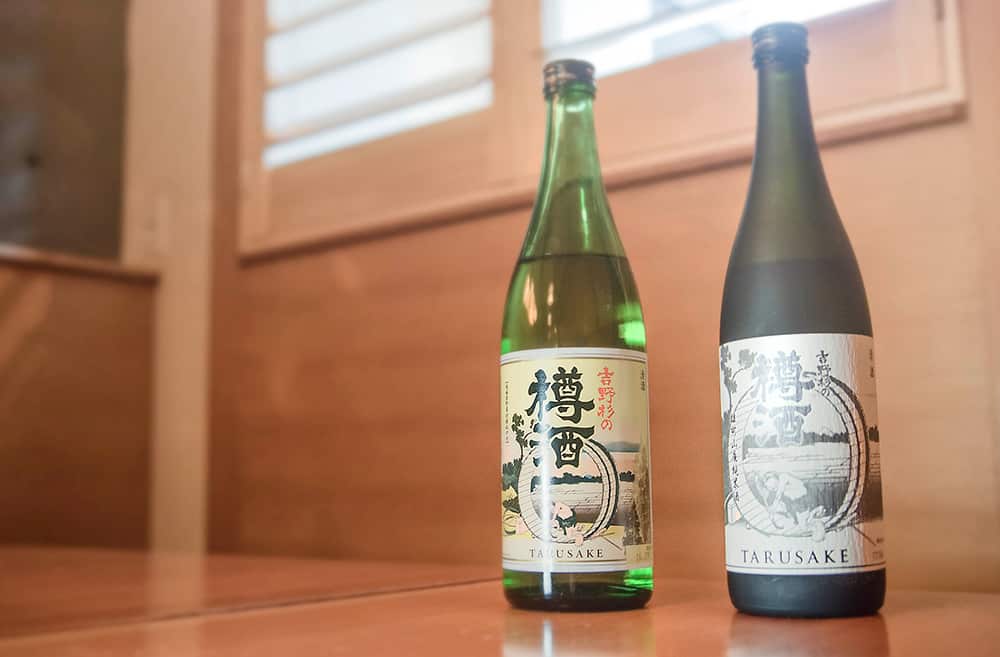
Taru Sake: Yoshinosugi 吉野杉
Taruzake, or cedar barrel-aged sake, can be quite intense and rough around the edges when poorly done. Sharp and volatile aromatics similar to hairspray can be found in lower-quality examples.
The majority of this stuff is rapidly aged in barrels made from the strong-flavored and red inner wood of the cedar tree. The intense flavor is infused quickly, but little time is left for the sake to integrate with the barrel.
The best stuff is located between the core and the outer layer. This koutsuki layer produces the most elegant flavor. This is the only part Choryo uses for their casks and they leave it un-charred.
Choryo handles the complete production process from a cedar tree to a taru cask filled with sake. Their cedar is sourced from nearby Yoshino 吉野 and is typically about 80 years old when harvested. The famed Yoshinosugi 吉野杉 is of elite quality.
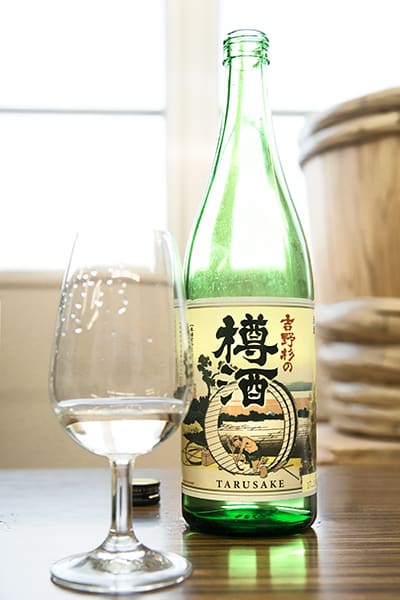
Choryo Yoshinosugi no Taru
Yoshinosugi no Taru is Choryo’s flagship sake. They introduced this sake in 1964, becoming the first taruzake on the market. Before Yoshinosugi no Taru’s release, cedar-aged sake hadn’t fallen out of style and disappeared.
This sake is still one of the finest examples of taruzake. And it’s a must-try for any sake enthusiast.
You can learn all about Choryo Yoshinosugi no Taru in this review post. And I love it so much, I included it in my top 40 sake guide.
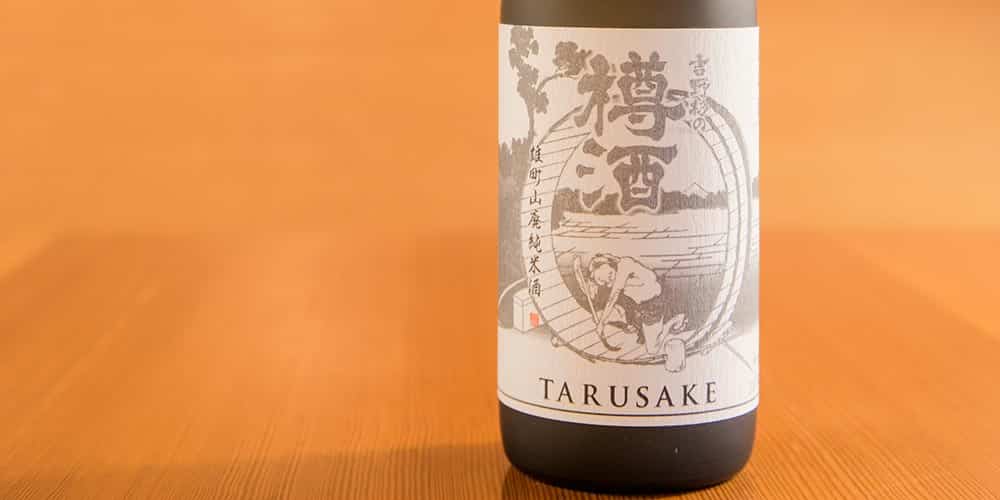
Choryo “Premium” Junmai Omachi Taru Sake
This is the premium, younger cousin of Yoshinosugi no Taru. Unline the original, which is a futsu-shu grade, Choryo Premium Tarusake is a junmai. And not only that, it’s a yamahai and uses omachi rice. That’s a killer combination!
Choryo Premium Tarusake is an elegant and complex example of taru sake. Check out my full review of Choryo Premium to learn more.
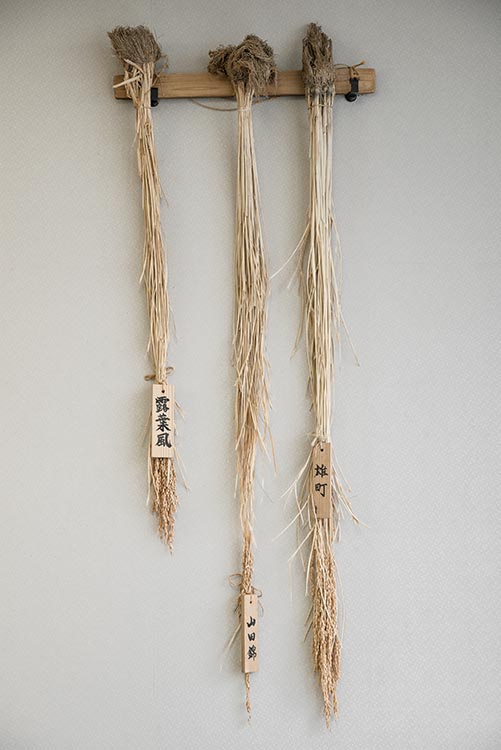
Cedar-Free Sake
Taru sake only represents a small, but popular, component of Choryo’s portfolio of sake.
Omachi rice is a common theme across all of their brands. And Choryo also uses the local specialty Tsuruhakaze 露葉風. This hybrid of early maturing Futaba 双葉 X Shiratsuyu 白露 rice was actually first cultivated in nearby Aichi (1953) but has since been adopted by Nara brewers. It is shorter than Omachi, so it’s less resistant to wind. It has large grains and a high starch content making it suitable for milling and sake production.
Yamahai and Kimoto sake is also noticeably present in Choryo’s lineup. Their yamahai is often fermented at a lower temperature than usual to produce a lighter style. Most of their sake is junmai. They also make some of the better examples of koshu (aged) sake.
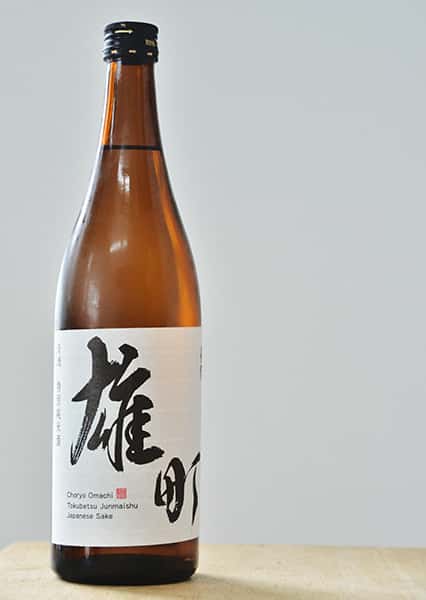
Choryo Tokubetsu Junmai Omachi
Choryo Tokubetsu Junmai is brewed with omachi rice. And this fact is proudly displayed on the label in large kanji. Choryo has a thing for this special heirloom rice grain. And they make some really good sake with it.
Choryo Tokubetsu Junmai Omachi is a complex sake that’s priced affordably. However, it can be hard to find.
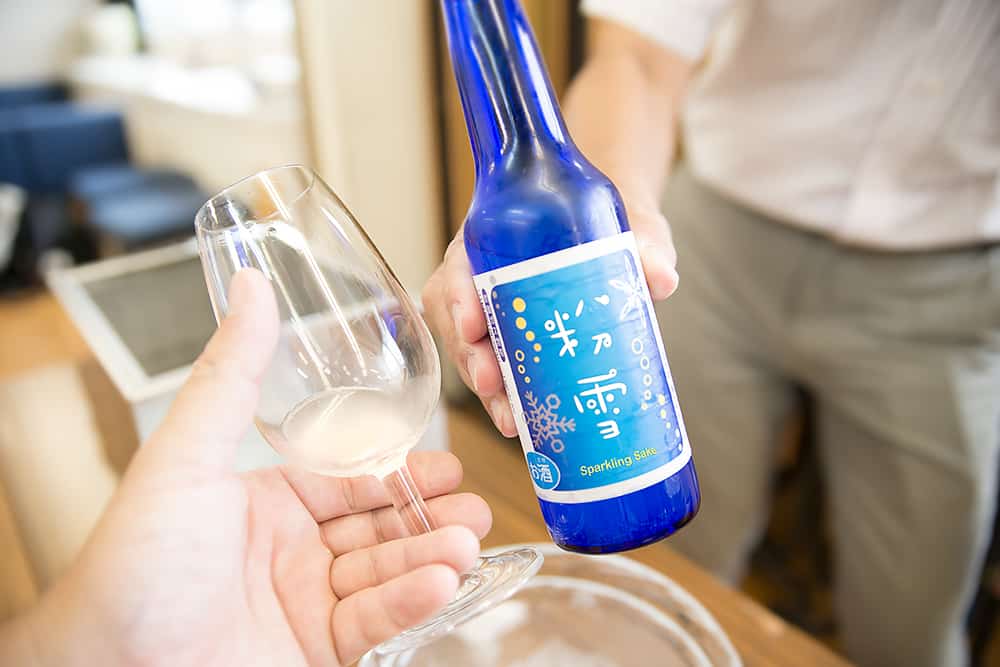
Choryo “Sawa Sawa” Junmai Sparkling Nigori
Sawa Sawa is a sparkling nigori. This light, sweet, and fizzy sparkler is an excellent pairing with panna cotta, especially with citrus.
Choryo Sawa Sawa is hard to find in the US. At this time (2022) it only appears to be distributed on the East Coast of the US.
More Choryo Shuzo Info
EST: 1923 LOCATION: Koryo, Nara English Site / 日本語
Label Translation
Choryo Shuzo 長龍酒造 Choryo 長龍
Futaho ふた穂 Sawa Sawa 爽爽
Nara 奈良 Yoshino 吉野 Yoshinozawa 吉野山
Follow the Japanese Bar on Social Media
Connect with our latest posts, the newest Japanese beverage info, and get exclusive promotional offers. Level-up your sake IQ!
